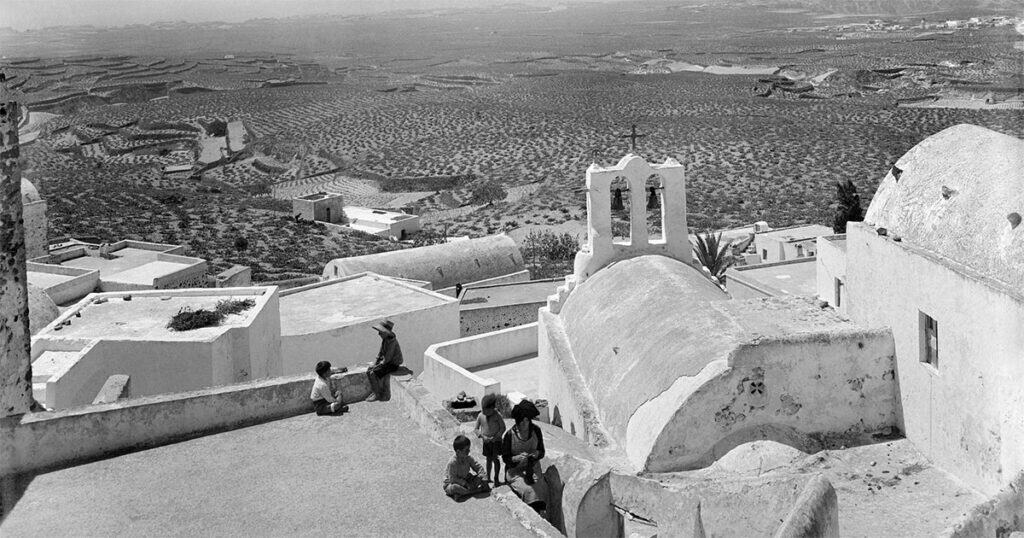The Kallikantzaroi, often described as the “Greek elves,” add a touch of whimsy and chaos to the holiday season in Greece. For twelve magical days, spanning Christmas to the Epiphany (January 6th), these mischievous creatures step out of folklore and into the hearts of festive traditions. Unlike the familiar jolly figure of Santa Claus, the Kallikantzaroi bring a distinctly Greek flavor to holiday lore, blending charm with a penchant for mayhem.
Legend has it that these small, hairy, goblin-like figures emerge from their underground lairs to wreak havoc. Their antics are the stuff of festive nightmares: spoiling milk, snatching kourabiedes (those buttery, powdered sugar-dusted cookies), and turning households upside down while families sleep. Yet, for all their troublemaking, they’re more playful than truly menacing—tricksters who evoke laughter as much as frustration.
The origins of these mischievous beings are steeped in myth. Most of the year, the Kallikantzaroi live deep beneath the earth, seeing away at the World Tree—a mythical structure connecting the heavens, earth, and underworld. Their ultimate aim? To cut the tree down and plunge the world into chaos. But their plans are foiled each year when the Epiphany arrives. With holy water blessings driving them back underground, they return to find the World Tree miraculously healed, leaving them to start their efforts anew.
Over centuries, Greek families have developed clever ways to keep these troublemakers at bay. A roaring fire in the hearth ensures they can’t sneak in through the chimney. Strands of fresh basil hang near windows, serving as a fragrant protective charm. And for the particularly superstitious, placing a colander on the doorstep can outwit the Kallikantzaroi entirely. Fascinated by counting but only able to manage up to two, they become endlessly distracted by the colander’s many holes, ultimately abandoning their mischief.
Regional beliefs add another layer to the story. In Northern Greece, whispers of children born during the twelve days of Christmas transforming into Kallikantzaroi lend an eerie twist to the tale. Similar creatures appear in Serbian and Bulgarian folklore, reflecting a fascinating interweaving of pagan traditions and Christian practices across the Balkans.
The Kallikantzaroi aren’t just relics of the past; they’re a vivid reminder of Greece’s cultural richness, a blend of humor and tradition that continues to enchant during the festive season. Whether seen as magical pranksters or symbolic figures of the season’s mysteries, their tales remain deeply woven into the tapestry of Greek Christmas celebrations.







